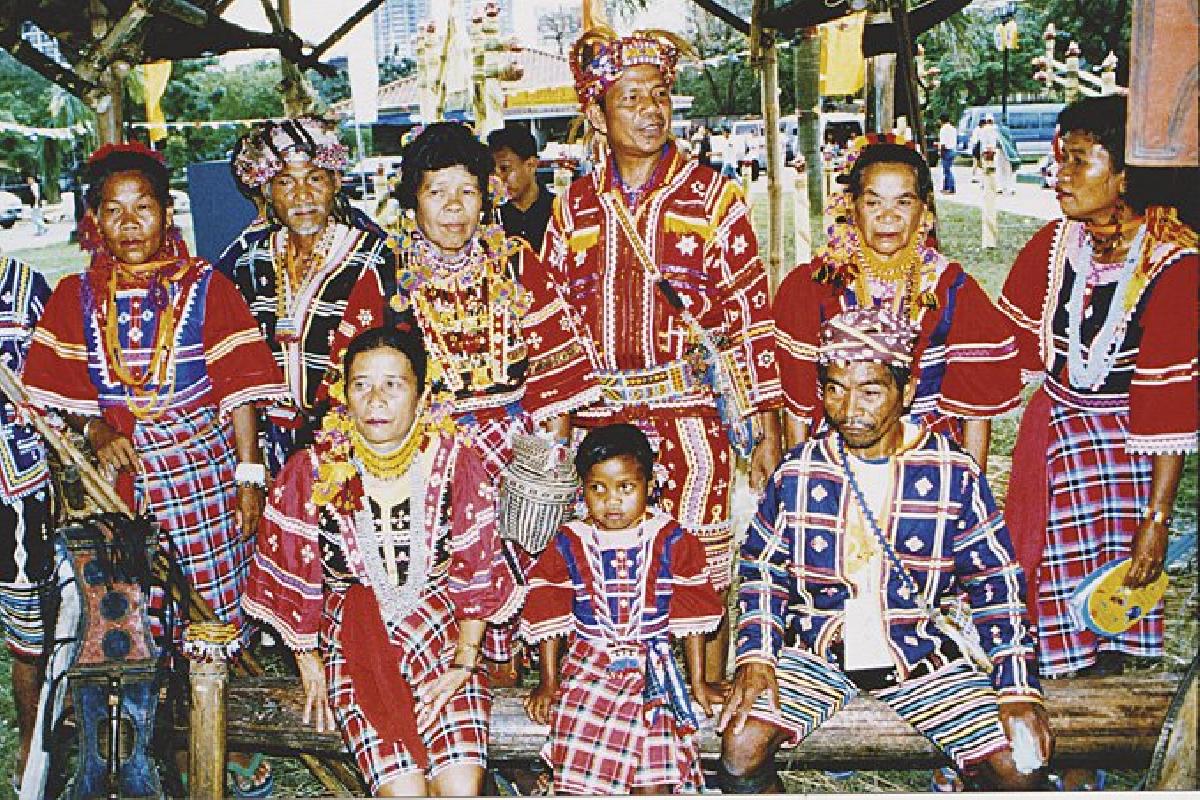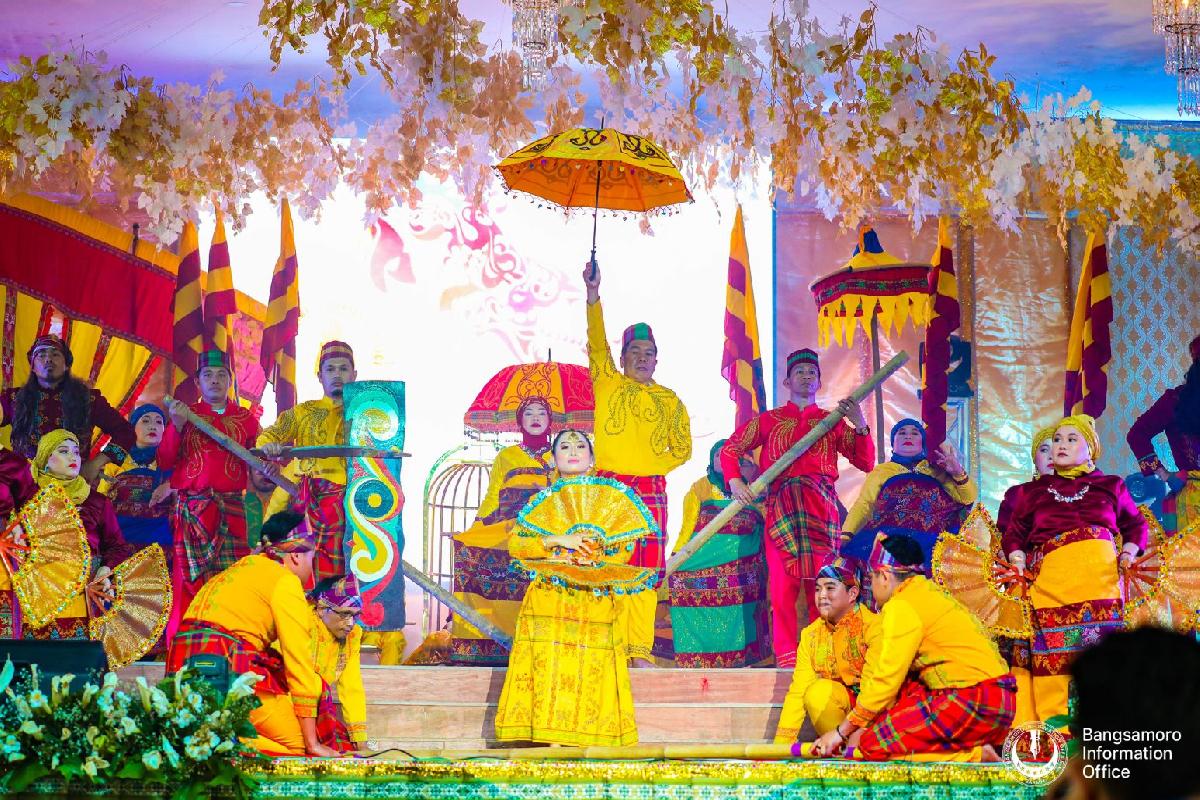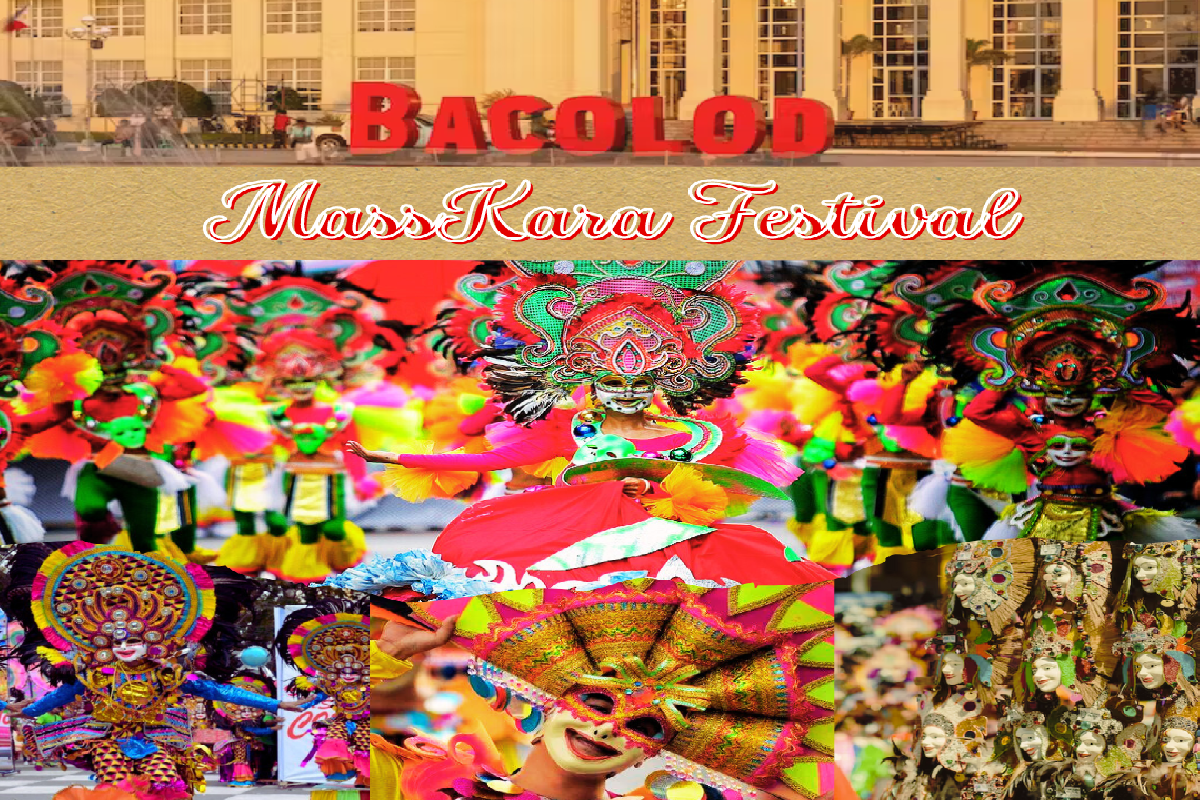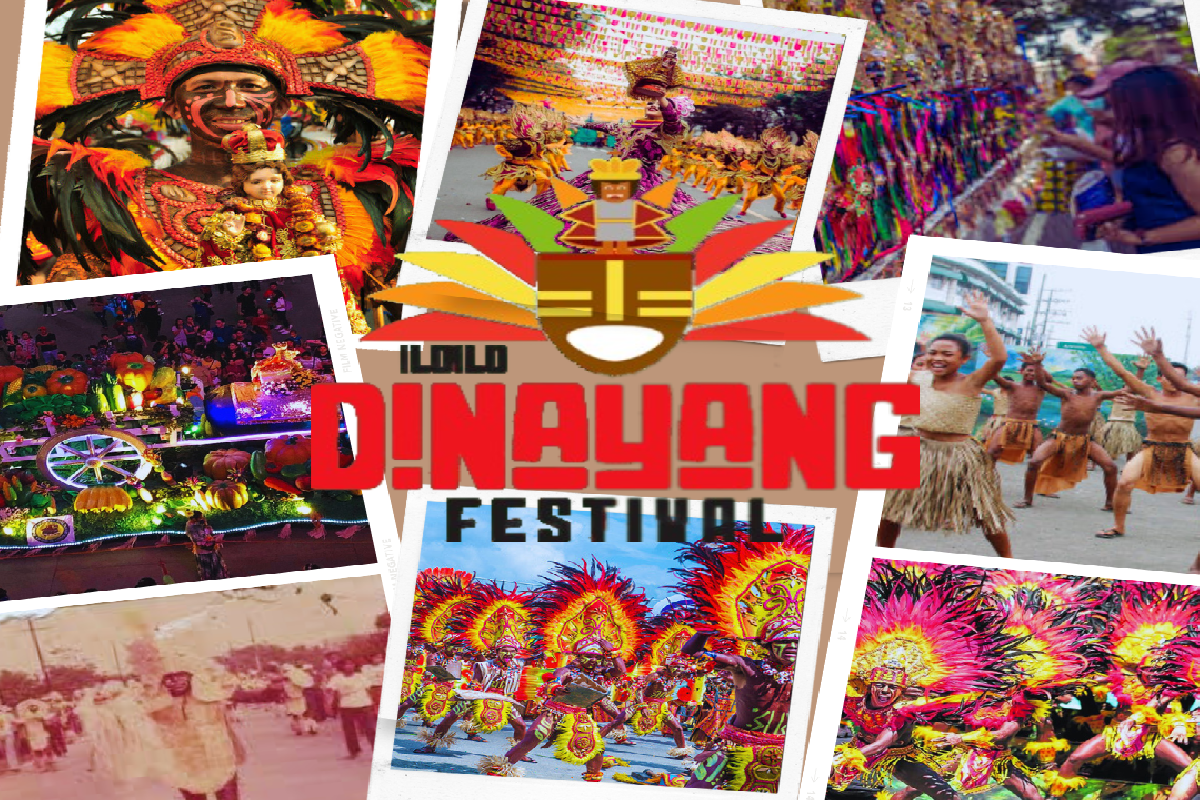Blaan- The Great Counterpart
Culture can be defined as all the ways of life including arts, beliefs and institutions of a population that are passed down from generation to generation. Culture has been called "the way of life for an entire society." As such, it includes codes of manners, dress, language, religion, rituals. An understanding of culture requires an understanding not only of language differences, but also differences in knowledge, perceptions, beliefs, attitudes, and behaviors.
Culture and tourism have a mutually beneficial relationship which can strengthen the attractiveness and competitiveness of places, regions and countries. Culture is an increasingly important element of the tourism product as it creates distinctiveness in a crowded global marketplace. Now, this creates a new venture called Cultural Tourism. Cultural Tourism is one of the largest and fastest-growing global tourism markets. Culture and creative industries are increasingly being used to promote destinations and enhance their competitiveness and attractiveness.
Now, in relation to the above statement, let me again introuduce to you the Native Cultural Groups in the South. Let me intoruduce to you the Blaans-My People.
To sum it up, I would like to share here an article from Antonio P. Kinoc of the Blaan community. He is a member of the Consultative Assembly for the Special Zone of Peace and Development.
One of the Indigenous groups that arrived in this once unnamed archipelago some seven thousand years ago are the Blaans. They comprise one of the major non-Islamic indigenous groups in Southern Philippines. The Blaans are found originally in that vast plain that stretches from the shore of the Buluan Lake moving Southward to the Bay of Saranggani. They are found between the T’boli in the western side particularly the so-called Roxas mountain range.
The Blaans are found astride the Quezon Range from Mt. Matutum until the range tapered toward Mt. Apo. The boundary that delimit these people are particularly described as the Provinces of Davao del Sur, where they occupy five municipalities namely: Magsaysay, Matanao, Kiblawan, Saranggani and Sulop; the province of Saranggani where they occupy ninety percent of the province except the town of Kiamba; the whole of General Santos City; the Province of South Cotabato except the towns of Lake Sebu, Surallah and Noralla; the towns of Columbio and Lutayan in Sultan Kudarat Province; the towns of Tulunan nakilala and Mlang in North Cotabato and a portion of the municipality of Datu Paglas in Maguindanao; and the so-called Allah Valley and Koronadal valley which are the traditional hunting grounds of the Blaan before the arrival of migrant Christian settlers in the 1930’s.
Blaan Dialect
The language is Blaan that is hardly similar to any neighboring indigenous group except the T’boli where some striking similarities occur. Blaan means counterpart while T’boli means people who live on the other side.
Blaan Clothing
The Blaans have their own system of weaving using abaca fiber as materials. It is acknowledged that the Blaan woven cloth has no match in any other indigenous group.
Blaan Accessories
The Blaan have also mastered the art of smelting brass and copper. They make small bells and the handle of their long knives known as “FAIS” is an intricately designed brass work. They are also good in making use of plastic beads into intricate designs sewn on trousers. The most valuable design on women’s trousers are shell sequins called “TAKMON”. They also sew geometric and other designs using cotton yarns on male pants hemline and shirts depicting the environment and the solar system. This is called “Msif”.
Armory and Weapons
The Blaan weapons consist of the long knife called “FAIS,” the long bladed spear called “Budjak” or simply “Agas.” The hunting spear is called “Agot Ayem.” The spear with a stopper and two pronged split backward is called “Klawit”. In the old days a Blaan warrior carries a bow and arrow, a shield (either round or the long slender one), the sword “Fais”, the spear and the upper torso is protected by a thick armor of woven wood bark twine called “limbutong” or “Anit”.
Blaan- Daily Life
Blaan life evolves around the family which usually is a compound one consisting of more than one spouse or the home consisting of extended relatives living together. Blaan have a pronounced or defined role in the family. The man does all the heavy work while the women the less burdensome. The men open and prepare the farms, the women tend to the crops until harvest. The men prepare the storage bins and the women haul the harvest for storing.
Blaan-Beliefs
On a journey the man walks ahead of the group and does not carry anything except weapons of war. This is so because in the life of a Blaan the risk of combat is always present. Blaan are seldom caught with their defenses down. Blaan are strong believers on the interdependency with the environment. They believe that they are part of the grand design of creation and that everything evolve around the great creator that they called “Malu” or “D’wata”. They believe that the creator is the source of everything whether living or inanimate and that he controls the movement of everything on earth. All objects in the forest have a guardian assigned by “Malu” thus trees according to species have different guardians, the cliff, the mountains, the lakes, the rivers, the streams, the rocks, the small plants and wild animals are guarded individually by spirit beings. Man, despite his being the more favored of the creatures, must respect the will of the creator, that he cannot touch or molest any creature or object without seeking permission from the creator through his guardians.
Blaan have rituals for everything that they do, from selecting the place for a farm planting, harvest and post harvest because of their belief on the supremacy of the great creator.
Marriage and Family
The Blaan, can be considered clannish in the sense that marriages, as much as possible, must be limited to close relatives. You will find therefore that Blaan communities are interlocking family relations of cousins marrying each other. This is done to protect property and to secure themselves from intrusions.
Among the Blaan, first cousins can marry provided a certain rule is observed: where the parents are either both brothers or sisters, their children have to follow the rule on cross marriage. The son of a male parent cannot marry the daughter of the female parent who is sister to the male parent but the son of a female parent can be paired with the daughter of the male parent-brother. Violation of this rule is therefore termed “MUGAT” and violators may be sentenced to exile. The more serious case of “Mugat” is between brothers and sister or parent and daughter, where the penalty is death by drowning.
The Blaan headman is traditionally called Datu as attested by the fact that all stories, epic and or historical account point to the exploit of heroes referred to as Datu. The greatest hero of the Blaan mythology is the great Datu Ulo E’EL, the Datu of the Headwater whose counterpart mortal enemy is Datu Ba Sabung, the Datu at the mouth of the river. At the end of the story, as Datu Ulo E’EL is about to subdue Datu Ba Sabung, it is revealed that the two Datus are blood brothers after all. The Blaan have a rich story that needs to be documented, all pointing to the richness of their cultural past.
These days, my people can be found largely across the Province of Sarangani and nearby cities and provinces. As time changes, we also are. We cope where life brings us. We will always be the greatest counterpart-Your friend and Ally.
https://www.mlit.go.jp/kankocho/naratourismstatisticsweek/statistical/pdf/2009_The_Impact.pdf
https://sphweb.bumc.bu.edu/otlt/mph-modules/PH/CulturalAwareness/CulturalAwareness2.html
Show More







Comments